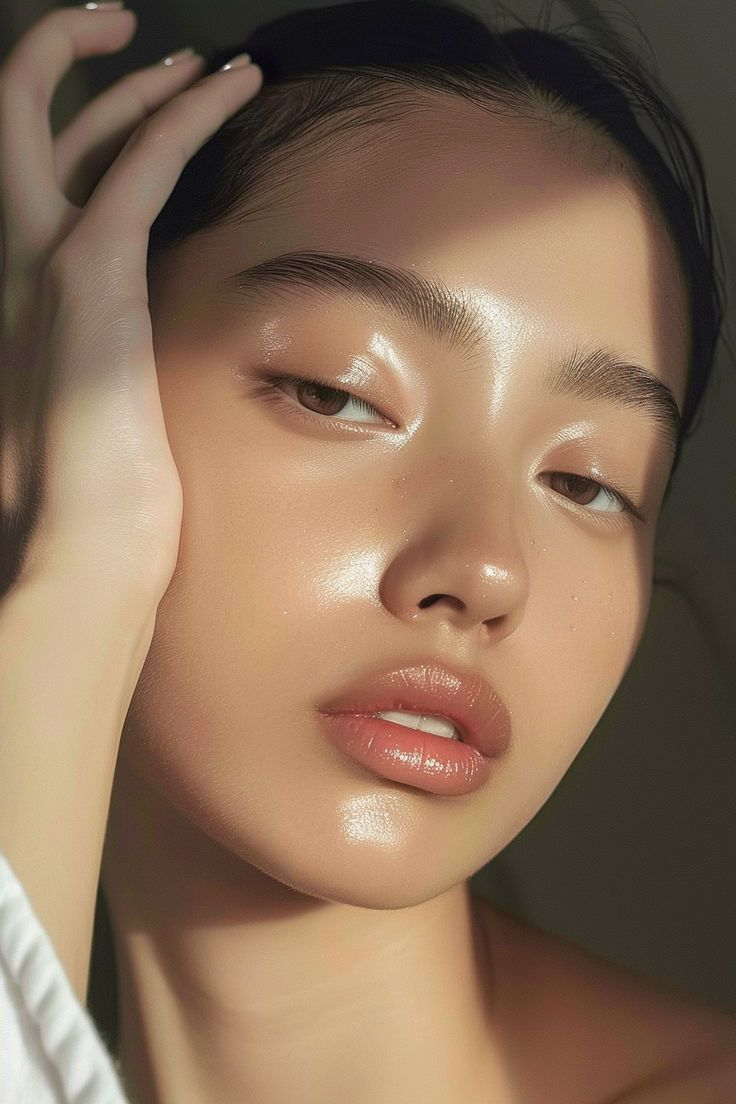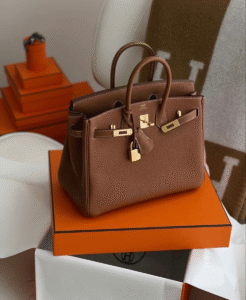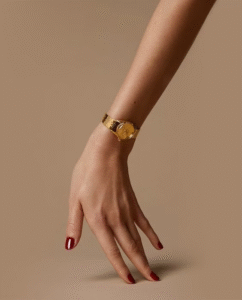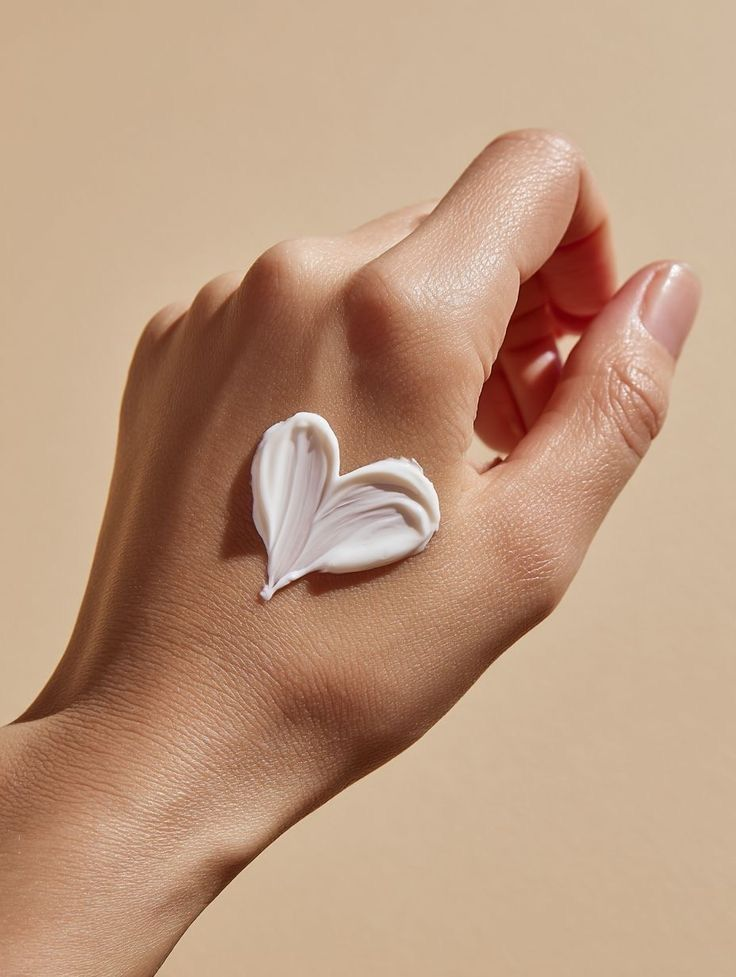
“COMPLETELY NATURAL”
“THE GOODNESS OF NATURE”
“NON-TOXIC AND CHEMICAL FREE”
We often come across these phrases or claims while buying beauty products, especially in a country like India where home remedies have always been and continue to be a cult phenomenon in beauty regimes or beauty treatments. And since these small family secrets are often directly emerging from the kitchen or the garden, the chemical fearing consumers prefer these “derived from nature” products and home remedies.
However, there is technically a simple science behind these remedies and the over-the-counter beauty drugs and products. In layman’s terms everything we use is based on some chemical reaction, however beauty products are just more controlled and concentrated versions of our home remedies made to last a longer shelf life, packed, sealed and delivered to us in bottles. Although it’s not as simple as it seems.
Beauty products come with a ton of other chemicals , preservatives or emulsifiers. This is the very reason why some people fear these beauty products and cosmetics. However the beauty industry seems to have tackled the problem through marketing campaigns focused on making claims which might not be as “real” as they seem.
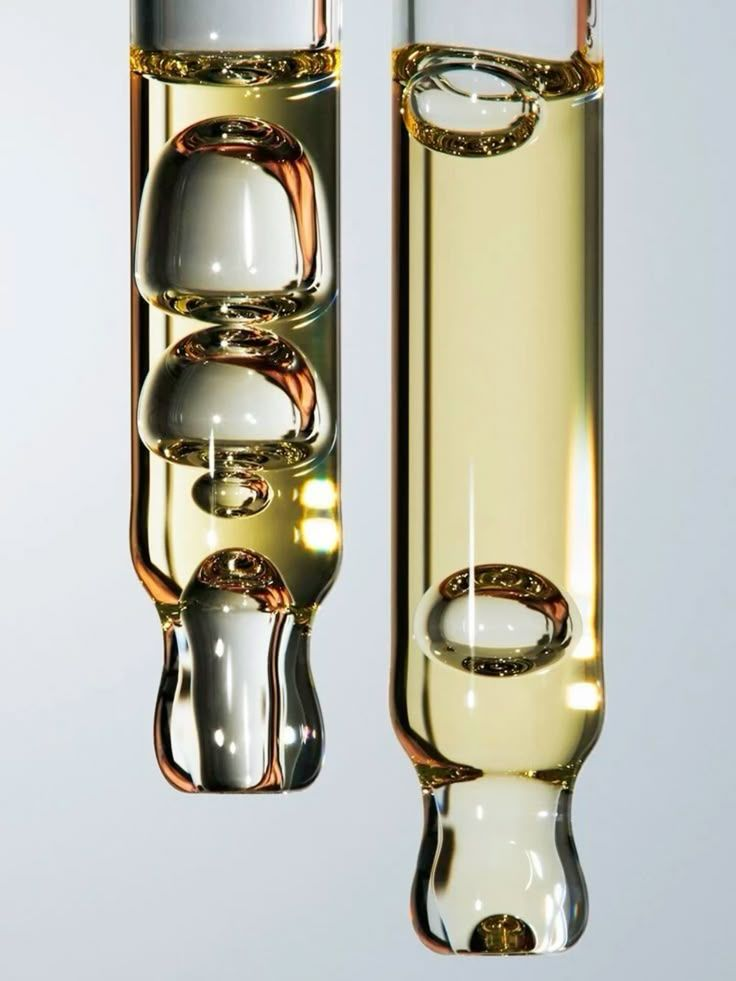
Although this fear is not as irrational as it seems, there exist legitimate concerns about certain chemicals like BPA and phthalates and high-profile lawsuits such as the Johnson & Johnson ovarian cancer talc or the WEN class action suit for causing hair loss damage to its customers. These concerns were further addressed by various medical journal publications which shared the damaging effect of chemical products and beauty on women and their health in the long run.
The European Parliament in its Regulation (EC) no. 1223/2009 defines “product claims” under article 20 as:
“In the labelling, making available on the market and advertising of cosmetic products, text, names, trademarks, pictures and figurative or other science shall not be used to imply that these products have characteristics of functions which they do not have.”
However, these product claims are essentially very broad in scope. It can be made with regards to ingredients used, or in some cases, those not used in the product; visual, olfactory or texture related claims; the performance of the product and its effects, while making product comparisons or all of the above.
This brings us to “CLEAN BEAUTY” a common phrase mostly used interchangeably with “NATURAL BEAUTY” or “GREEN BEAUTY” and denoting “safe”, “green” and “non toxic” characteristics for the products.
However it’s important to note that this terminology isn’t regulated by any agency or governing body making it ambiguous and often misleading.
Usually when the beauty industry claims a product to be “natural” it means it contains plant based ingredients, while Clean beauty is notable for the “harmful” or controversial ingredients it lacks i.e. parabens, phthalates, sulphates etc.
However, is there any truth to these claims ?
The recent piling number of lawsuits against beauty or cosmetics companies would tell us otherwise.
WHAT EXACTLY ARE PFA’S?
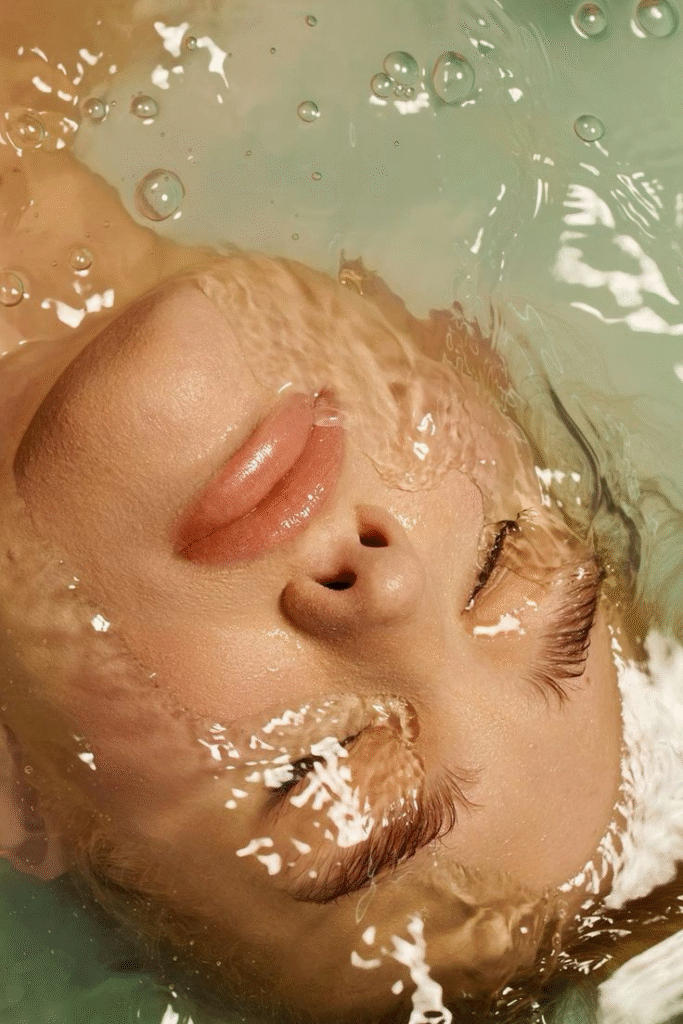
PFAS also known as Forever Chemicals stands for per-and polyfluoroalkyl substances. These substances contain a strong carbon-fluorine bond that allows them to accumulate overtime in the environment and in the bodies of animals and people causing severe health risks. The PFA’s can accumulate in our environment and consequently our bodies through a varying degree of sources such as drinking water, furniture, food packaging, clothes, makeup or cosmetics, non-stick appliances etc.
The substances were originally developed for military use, i.e. to water-proof and grease-proof various articles ranging from cooking pans to raincoats. The compounds can be added to make cosmetic products water-resistant, long lasting and more spreadable.
In 2021, a research conducted by University of Notre Dame, Indiana University, and other institutions tested more than 200 mascaras, concealers, eye shadows, and other cosmetics from North America for the presence of PFA’s. The results portrayed the presence of PFA’s in half the products, with “long-lasting” and “wear-resistant” products showing higher levels of PFA presence. Further research provided the presence of “fluorotelomer alcohols, which can break down in our bodies into the compounds PFOA and PFOS — compounds that are prohibited from being produced in the European Union and U.S. because of long-known health risks.”
WHY PFA’S IN COSMETICS ?
Cosmetic products will often use PFAS to increase water resistance and durability. In 2021, Environmental Science and Technology Letters tested 231 cosmetic products for fluorinated compounds. High levels of fluorine would indicate that PFAS are likely present.
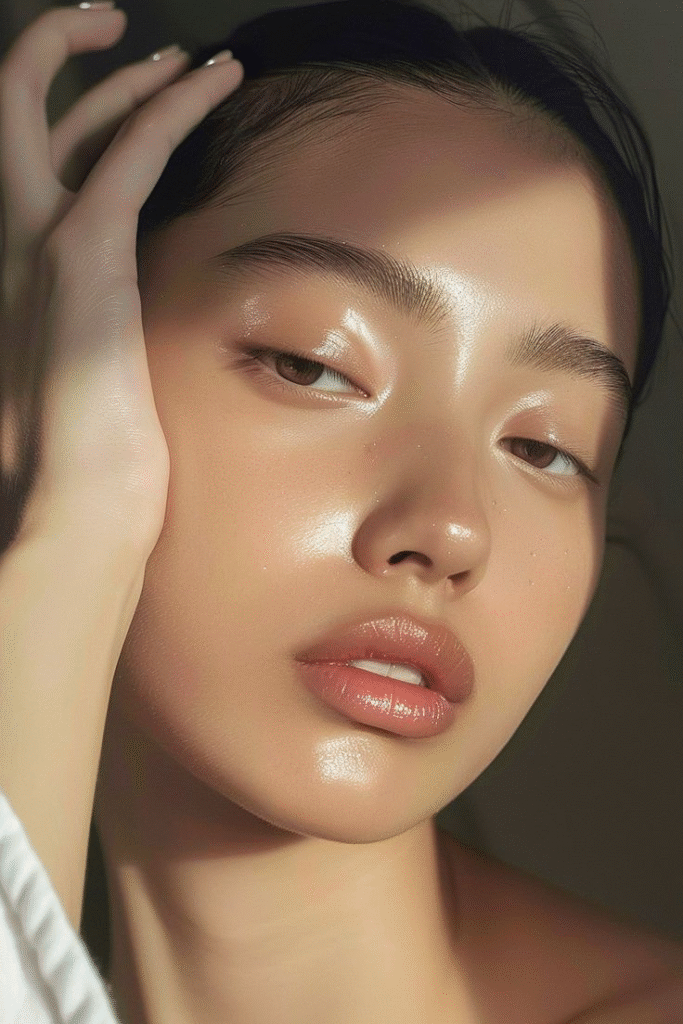
Of the cosmetics tested, they found the highest levels of fluorine in foundations, concealers, lip products and other face products such as blush, bronzers and powders. When they tested products with the highest fluorine levels, all of them contained at least four types of harmful PFAS. The majority of the products analyzed had no PFAS listed on their labels.
One of the biggest problems with getting rid of PFA’ s in cosmetics is the complicated chain of supply. Since most of the cosmetic products are produced overseas, involving more than one supplier it becomes extremely difficult to keep a track of the composition of the products.
Furthermore, a lack of regulation which requires the products to be tested for “unlabelled” ingredients makes a lot of these toxic products pass undetected. This becomes even more worrisome especially in the case of PFA’s which can be used to coat other pigments and minerals. For instance, PFAs is used to coat ‘mica’, another controversial mineral used in makeup to add shimmer, or for the purpose of applying a non-stick coat to the manufacturing equipment and plastic used for the transportation of the raw materials, final product packaging etc.
It is also pertinent to note that the cost of testing the presence of PFA’s is exorbitant, with roughly 5000 to 8000 PFA combinations in existence, and the exact formulas of the majority PFA’s being an industry secret, making them even more difficult to detect and often, virtually untraceable.
PAST AND PRESENT LAWSUITS AGAINST CLEAN BEAUTY CLAIMS
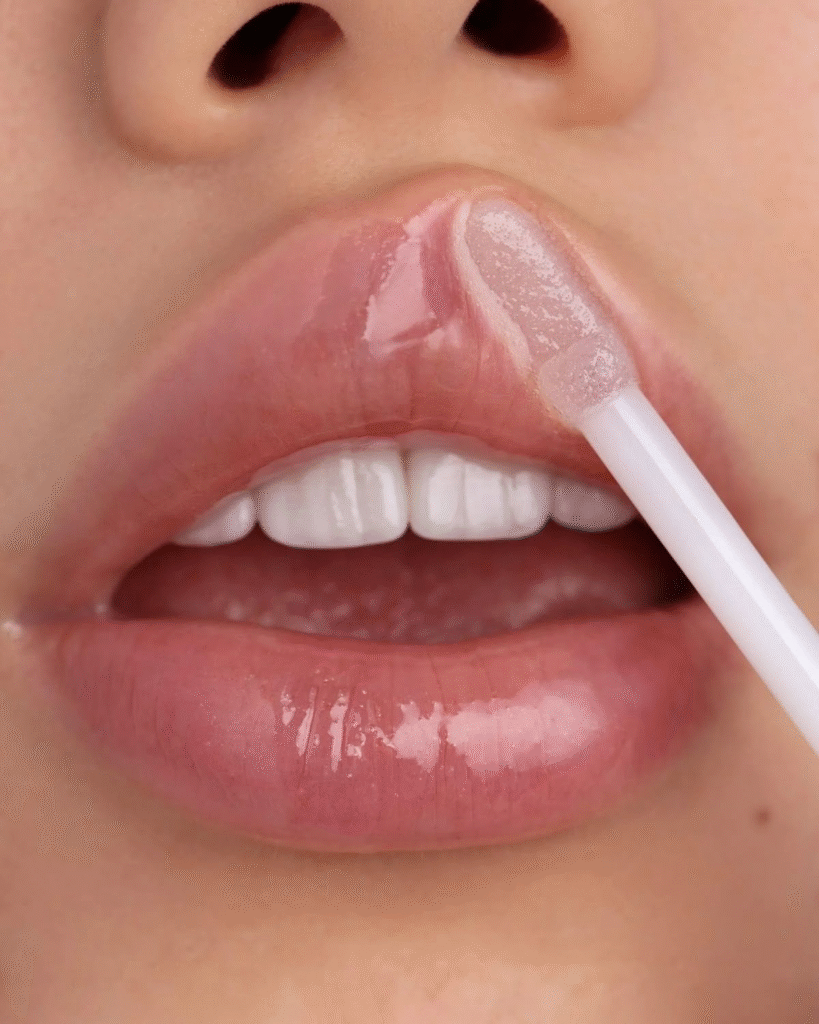
One of the most controversial class action suits of the year has been against Sephora USA Inc. and its clean beauty campaign. According to the claim the brand’s products are inconsistent with the consumer understanding of the term “clean” i.e. “free from impurities, or unnecessary and harmful components, and pure.”
- The suit heavily relies on the composition of the Saie Mascara 101 which “contains numerous synthetic ingredients” – such as polyglyceryl-6 distearate, polyglyceryl-10 myristate, cetyl alcohol, phenethyl alcohol, and sodium benzoate – “several of which have been reported to cause possible harms.”
- The suit also directly questions the viability of the “clean seal” which according to Sephora provides for the absence of “parabens, sulphates SLS and SLES, phthalates, mineral oils, formaldehyde, and more.”
- Accordingly, the suit pertains to claims of violation of “New York General Business Law sections 349 and 350, which prohibit deceptive acts or practices in the conduct of business, and false advertising, in particular; violating state consumer fraud acts; and engaging in beaches of express warranty, implied warranty of merchantability/fitness for a particular purpose and the Magnuson Moss Warranty Act.”
It is pertinent to note that the defence counsel for Sephora relies on the lack of clarity regarding the definition of “clean”. According to the defence claims, Sephora specifically provides for what it means when it uses the term “clean” and the same is being met, disregarding the presence of other chemicals in the products in exclusion to the ones strictly mentioned, thereby skirting around the claims of false advertising and breach of warranty.
In 2022, multiple beauty brands had to face legal claims with regards to presence of harmful chemicals in their products and false advertising with respect to “clean beauty” claims.
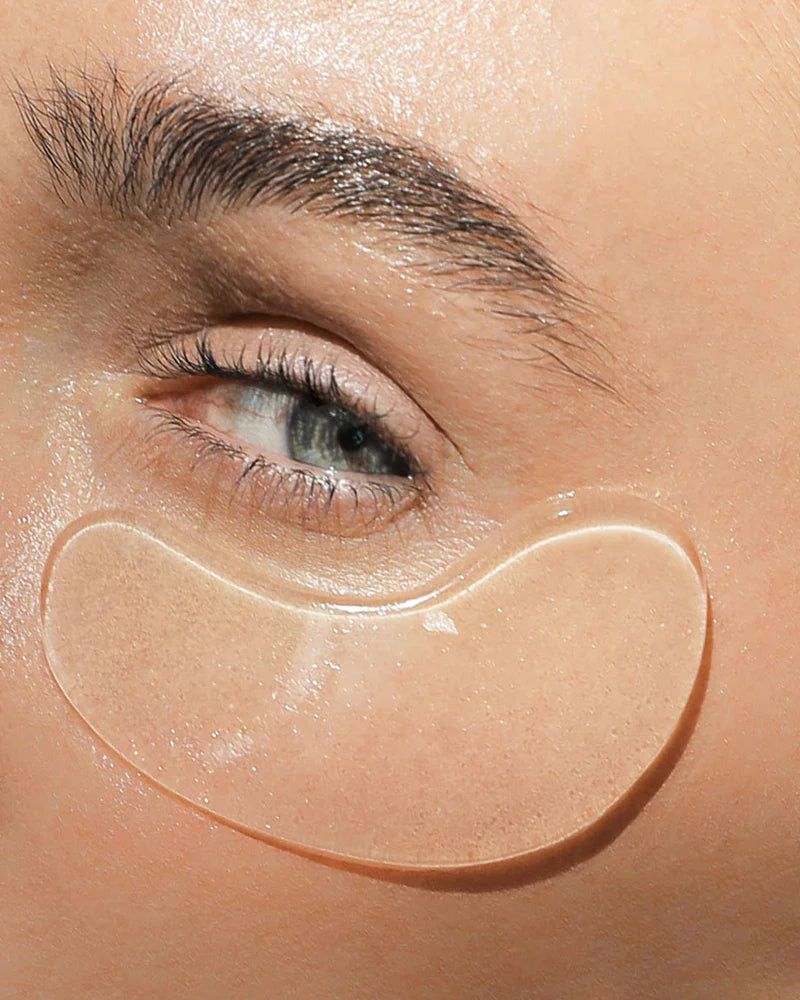
- Davenport v. L’Oreal USA, Inc. – 2:22-cv-01195 :
L’Oreal intentionally failed to disclose the presence of Polyfluoroalkyl Substances, or “PFAS,” in its water-proof mascara, in detectable amounts. The suit further added that PFA’s are even more so dangerous when applied near the eye, as in the case of mascara.
However, the suit was later voluntarily dismissed by the plaintiff in April 2022.
- Spindel v. Burt’s Bees, Inc., Case No. 4:22-cv-01928 (N.D. Cal.) :
The plaintiff claimed that she had purchased products from the brand due to its advertising claims of “100% Natural Origin” and “100% Natural”. However it was revealed that the products contained organofluorine, an indicator of PFA’s which are neither natural nor sustainable.
- Brown v. Cover Girl, No. 2022-cv-02696 (S.D.N.Y.).:
Defendant represented Covergirl waterproof mascaras as safe, effective, high quality and appropriate for use on consumers eyelashes while hiding the fact that the product contained detectable levels of PFA’s.
- Anderson v. Almay, No. 2022-cv-02722 (S.D.N.Y.):
The plaintiff independently tested the products sold by the defendant. there was a high level of PFA’s detected in the products.The plaintiff thereby challenged several statements made by the defendant with regards to the products qualities and attributes as a clean makeup brand some of which are as follows:
“This is Almay: effortless, clean, hypoallergenic makeup with nothing to hide”
“We’re committed to doing right by you. Because we believe in creating makeup that, first and foremost, is based on the principle of doing no harm—not to your skin, sensitive eyes, nor the planet. This is Almay.”
“We’re extremely selective about what we put in our products. Out of 10,000 possible ingredients, we only use 500 (fewer than 5%).” etc.
And the list continues with several other renowned beauty brands facing legal actions for the use of harmful chemicals in their products. Everyone is aware of the plausible liability which comes with making misrepresentations or false advertising claims, however lack of regulation provides a wide scope for these brands to go scot free.
A COMPARISON BETWEEN LEGAL REGIMES
EUROPE
Europe has already banned or restricted many types of PFA’s. The European Chemicals Agency (ECHA) on 7th February 2023 proposed a restriction on “manufacture,placing on the market and use of PFA’s in the EU”. This ban is especially focused on Denmark, Germany, Netherlands, Norway and Sweden.
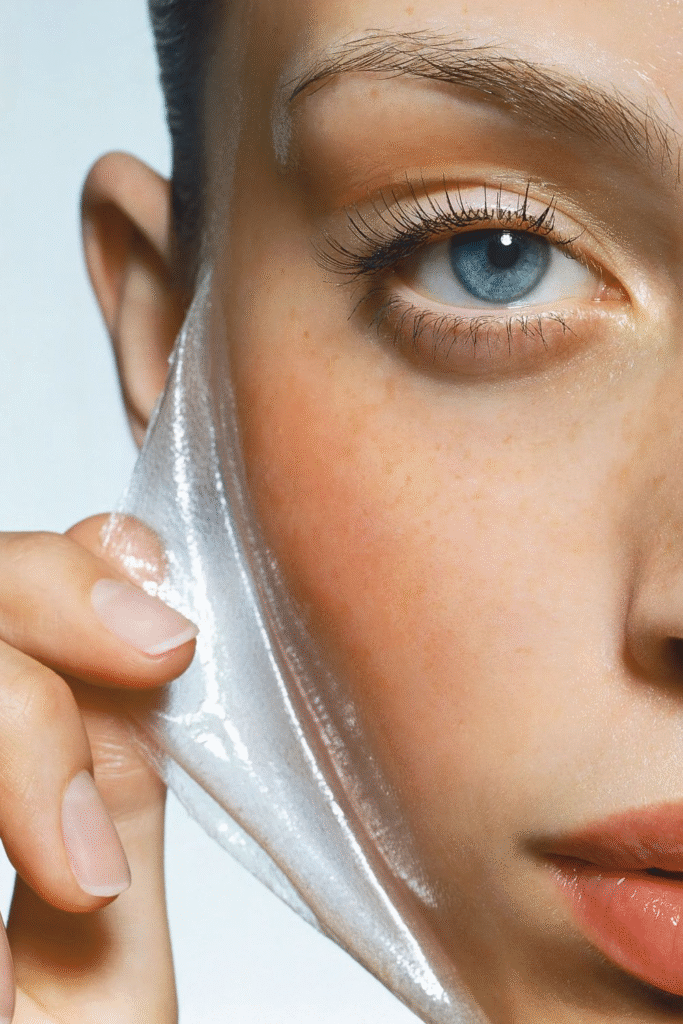
U.S.A.
A New York bill, passed by the state legislature in May, will prohibit the use of PFAS in clothing starting in December 2023. California passed a similar law in September, prohibiting the distributing, selling or offering for sale textiles that have PFAS starting in January 2025 (2028 in the case of outdoor clothing for severe wet conditions, provided the products are clearly labelled as still containing PFASs).
UK
Currently, there are no laws in the UK declaring PFA’s as illegal substances, however, some selected types of PFA’s have already been restricted. A survey conducted by the Environment Agency (EA) showed nine types of PFA compounds regularly being used in manufacture of cosmetics. It was also found that many beauty brands which had earlier committed to gradually stopping the use of PFA’s in cosmetics continued to use them.
However, many non-profit organisations have been urging the government to ban the use of PFA’s or heavily restrict it in the UK.
India
The Drugs and Cosmetics laws in India, heavily ban and deem it illegal to add mercury, lead and arsenic to cosmetics and even award criminal punishments against the same.
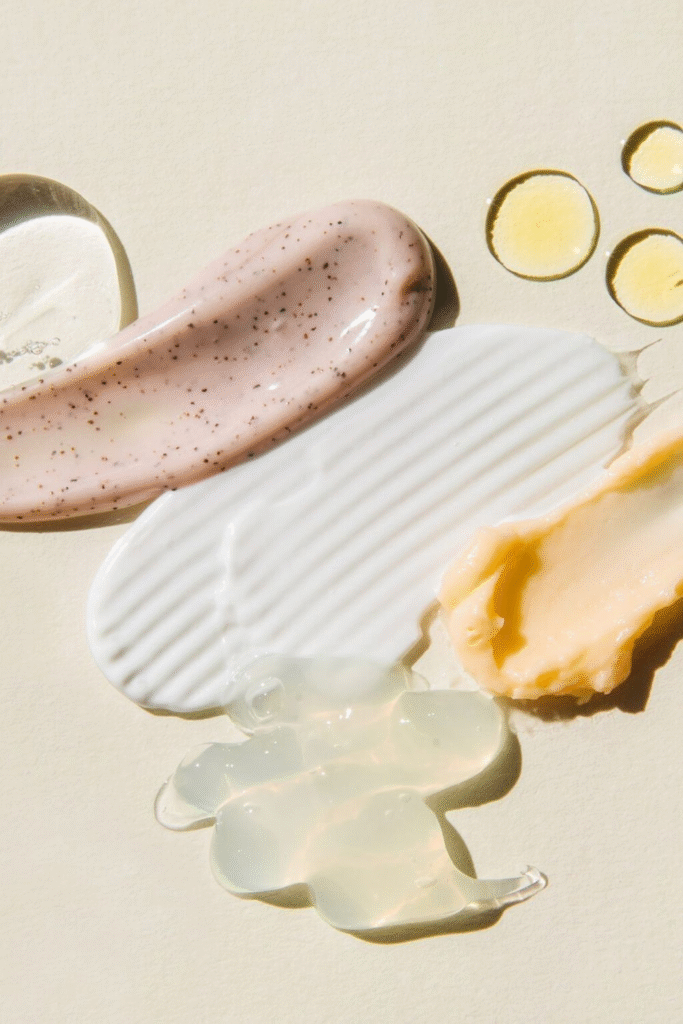
In September 2020, the Bureau of Indian Standards (IS) adopted the International Standards Organisations (ISO’s) benchmarks in regulation of PFA’s and the efforts by Stockholm Convention on Persistent Organic Pollutants for providing effective control and monitoring of chemicals, however PFA’ s continue to be used across the country indiscriminately.
PFA’s are not only an environmental problem but also pose a serious health risk to any living being which comes in contact. The worst part is that PFA’s are not restricted to only one country or industry. And even though it might not be economical or technologically possible at the moment to get rid of PFA’s all together, governments across the world should collectively make an effort to discourage the use of PFA’s and encourage use of healthier and greener alternatives.

